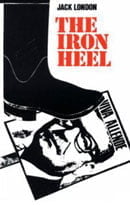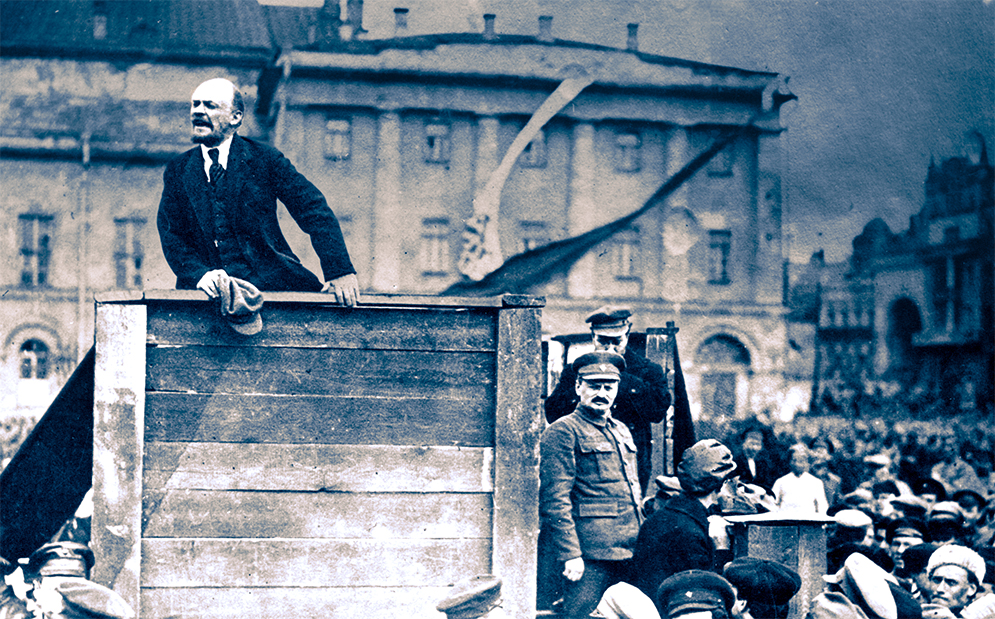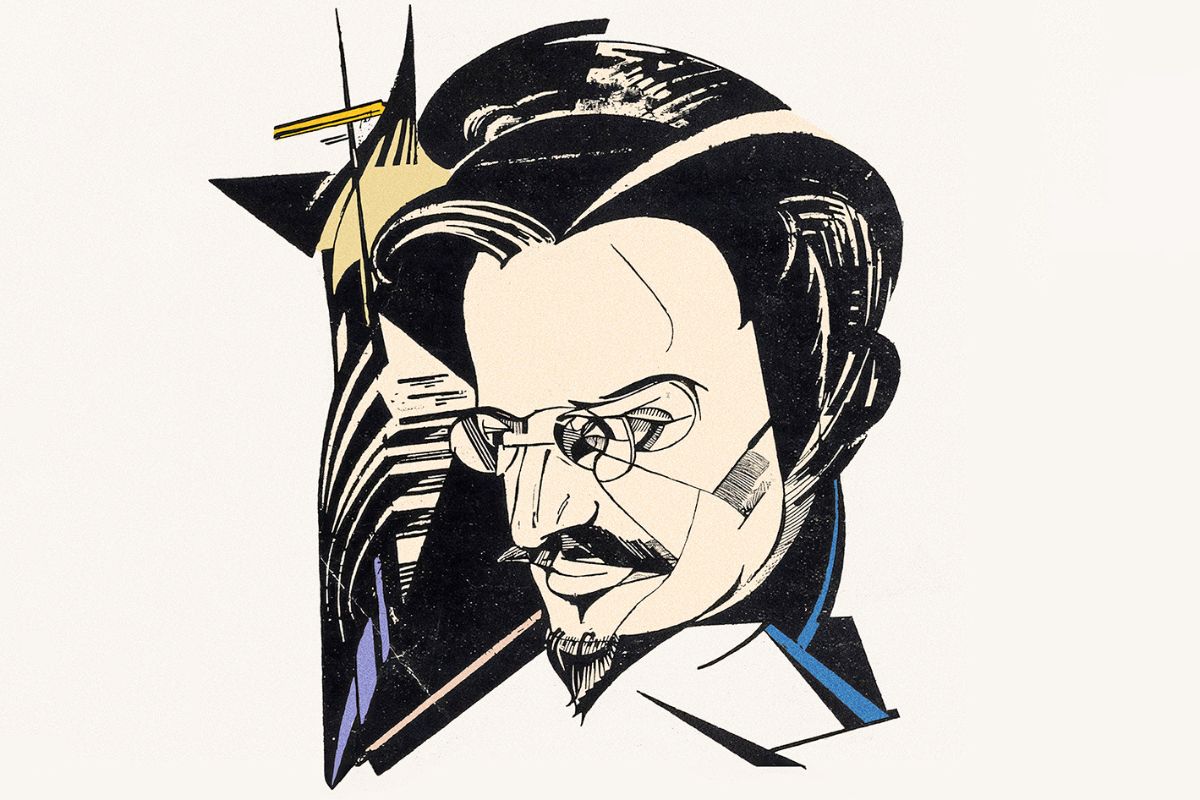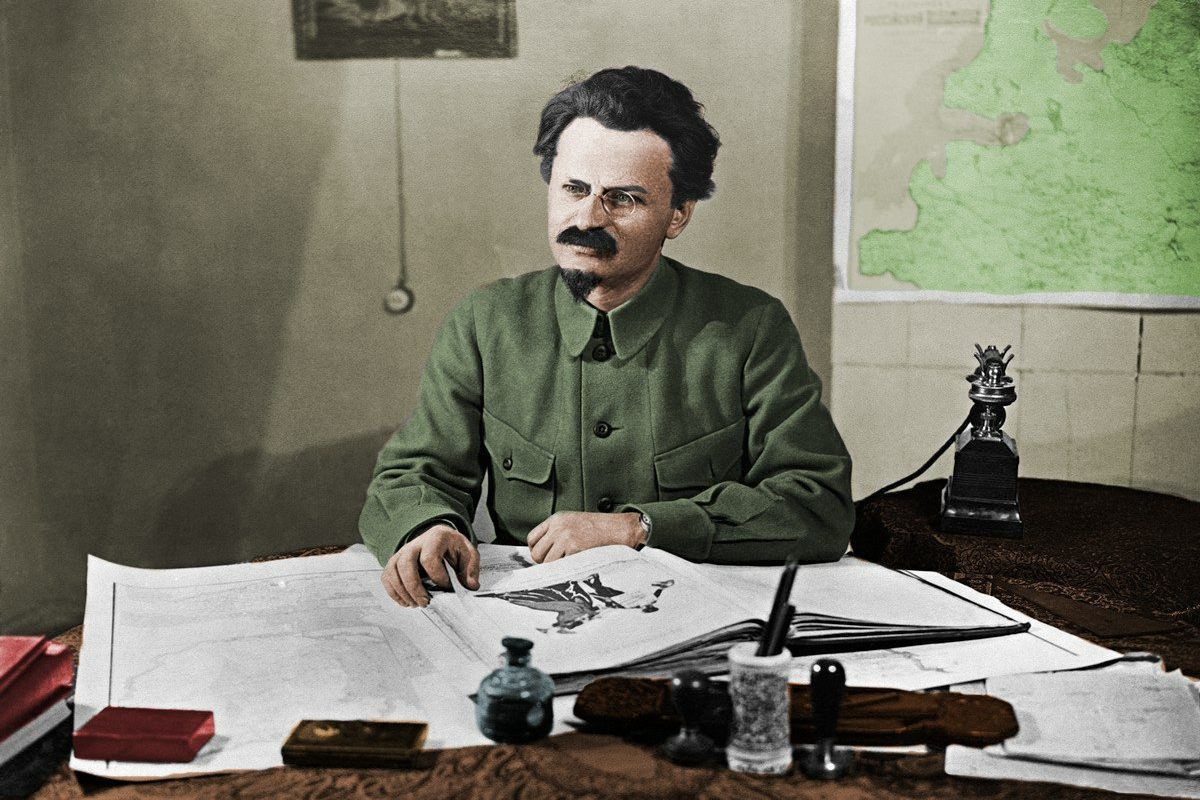| Phil Mitchinson |
Today,
25th February 2008 would have been Phil Mitchinson’s 40th
Birthday. Phil who was an outstanding Marxist and a leader of the International
Marxist Tendency died tragically in November 2006. To commemorate this
anniversay we reprint a letter by Leon Trotsky to Jack London’s daughter which
gives Trotsky’s views of London’s book The Iron Heel. Trotsky became acquainted
with The Iron Heel through a copy which the author’s daughter, Joan London,
sent him. This excerpt comes from a letter he sent her.
The
Iron Heel was one of Phil’s favourite books and he often talked about the
character of the hero Ernest Everard who was a fighting socialist, a champion
of the working class. The Iron Heel shows the barbarity of capitalism and
predicts the rise of fascism but as Trotsky explains “… it is
not a question of Jack London’s pessimism, but of his passionate effort to
shake those who are lulled by routine, to force them to open their eyes and to
see what is and what approaches”. The comrades who remember Phil today will
understand that this approach was central to Phil’s work. We will finish what
he began.
Socialist Appeal Editorial Board
 “The Book Produced upon me – I speak
“The Book Produced upon me – I speak
without exaggeration – a deep impression. Not because of its artistic
qualities: the form of the novel here represents only an armor for social
analysis and prognosis. The author is intentionally sparing in his use of
artistic means. He is himself interested not so much in the individual fate of
his heroes as in the fate of mankind. By this, however, I don’t want at all to
belittle the artistic value of the work, especially in its last chapters
beginning with the Chicago commune. The pictures of civil war develop in
powerful frescoes. Nevertheless, this is not the main feature. The book
surprised me with the audacity and independence of its historical foresight.
The world workers’ movement at the end of the last and the beginning of the
present century stood under the sign of reformism. The perspective of peaceful
and uninterrupted world progress, of the prosperity of democracy and social
reforms, seemed to be assured once and for all. The first Russian Revolution,
it is true, revived the radical flank of the German social democracy and gave
for a certain time dynamic force to anarcho-syndicalism in France. The Iron
Heel bears the undoubted imprint of the year 1905. But at the time when this
remarkable book appeared, the domination of counter-revolution was already
consolidating itself in Russia. In the world arena the defeat of the Russian
proletariat gave to reformism the possibility not only of regaining its
temporarily lost positions but also of subjecting to itself completely the
organized workers’ movement. It is sufficient to recall that precisely in the
following seven years (1907-14) the international social democracy ripened
definitely for its base and shameful role during the World War. Jack London not
only absorbed creatively the impetus given by the first Russian Revolution but
also courageously thought over again in its light the fate of capitalist
society as a whole. Precisely those problems which the official socialism of
this time considered to be definitely buried: the growth of wealth and power at
one pole, of misery and destitution at the other pole; the accumulation of
social bitterness and hatred; the unalterable preparation of bloody cataclysms
– all those questions Jack London felt with an intrepidity which forces one to
ask himself again and again with astonishment: when was this written? Really
before the war? One must accentuate especially the role which Jack London
attributes to the labor bureaucracy and to the labor aristocracy in the further
fate of mankind. Thanks to their support, the American plutocracy not only
succeeds in defeating the workers’ insurrection but also in keeping its iron
dictatorship during the following three centuries. We will not dispute with the
poet the delay which can but seem to us too long. However, it is not a question
of Jack London’s pessimism, but of his passionate effort to shake those who are
lulled by routine, to force them to open their eyes and to see what is and what
approaches. The artist is audaciously utilizing the methods of hyperbole. He is
bringing the tendencies rooted in capitalism: of oppression, cruelty,
bestiality, betrayal, to their extreme expression. He is operating with
centuries in order to measure the tyrannical will of the exploiters and the
treacherous role of the labor bureaucracy. But his most `romantic’ hyperboles
are finally much more realistic than the bookkeeperlike calculations of the
so-called sober politicians. It is easy to imagine with what a condescending
perplexity the official socialist thinking of that time met Jack London’s
menacing prophecies. If one took the trouble to look over the reviews of The
Iron Heel at that time in the German Neue Zeit and Vorwaerts, in the Austrian
Kampf and Arbeiterzeitung, as well as in the other socialist publications of
Europe and America, he could easily convince himself that the thirty-year-old
`romanticist’ saw incomparably more clearly and farther than all the social
democratic leaders of that time taken together. But Jack London bears
comparison in this domain not only with the reformists. One can say with
assurance that in 1907 not one of the revolutionary Marxists, not excluding
Lenin and Rosa Luxemburg, imagined so fully the ominous perspective of the
alliance between finance capital and labor aristocracy. This suffices in itself
to determine the specific weight of the novel.
"The chapter `The Roaring Abysmal
Beast’ undoubtedly constitutes the focus of the book. At the time when the
novel appeared, this apocalyptical chapter must have seemed to be the boundary
of hyperbolism. However, the consequent happenings have almost surpassed it.
And the last word of class struggle has not yet been said by far! No, London is
an optimist, only a penetrating and farsighted one. `Look into what kind of
abyss the bourgeoisie will hurl you down, if you don’t finish with them!’ This
is his thought. Today it sounds incomparably more real and sharp than thirty
years ago. But still more astonishing is the genuinely prophetic vision of the
methods by which the Iron Heel will sustain its domination over crushed
mankind. London manifests remarkable freedom from reformistic pacifist
illusions. In this picture of the future there remains not a trace of democracy
and peaceful progress. Over the mass of the deprived rise the castes of labor
aristocracy, of praetorian army, of an all-penetrating police, with the
financial oligarchy at the top. In reading it one does not believe his own
eyes: it is precisely the picture of fascism, of its economy, of its
governmental technique, its political psychology! The fact is incontestable: in
1907 Jack London already foresaw and described the fascist regime as the
inevitable result of the defeat of the proletarian revolution. Whatever may be
the single `errors’ of the novel – and they exist – we cannot help inclining before
the powerful intuition of the revolutionary artist.”
Written October 16, 1937 and appeared in New
International, April 1945.






